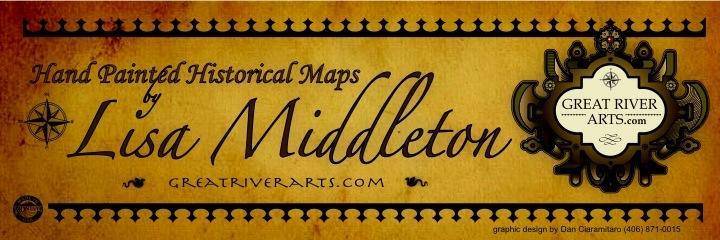
268-Colton's Oregon and Washington
Colton's township map of Oregon and Washington Territory, was issued by the Oregon Railway and Navigation Company, and published in New York in 1880. This map was created by G.W. & C.B. Colton & Company. George W. Colton and his brother Charles B. Colton were brought into the map business by their father, Joseph Hutchins Colton, an American map and atlas publisher, who was active between 1833 and 1897. Though J.H. Colton was neither a cartographer or an engraver himself, he invested in the emerging market of railroad maps and immigrant guides, which proved popular during the mid-1880s. G.W. Colton was a trained cartographer and engraver, who wanted to create a large and detailed world atlas and establish himself firmly in the U.S. charts and atlases market, which at the time, was dominated by Europeans. G.W. Colton issued the first volume of his two-volume Colton's Atlas of the World, in 1855. This map became one of the earliest and most reliable maps of the Northwest to be depicted in a commercial atlas.
Between the late 1790s and the 1840s, Washington and Oregon were a part of the much larger Oregon Territory, extending along the Pacific Coast from the northern edge of Spanish California to the southern edge of "Russian America," aka Alaska, with multiple and overlapping territorial claims by Spain, Russia, France, Britain and the new American republic. The Treaty of 1818 granted Britain sole possession of the land north of the 49th parallel, while the United States got the territory south of that line, but by 1846, the land was annexed by the United States. Twelve years later, the land was divided into the Oregon Territory and Washington Territory. This incredibly detailed map provides an extensive glance at the early days of the two states.
This map offers a clear depiction of a divided Washington and Oregon. County boundaries and names are identified, along with townships and cities. Several Indian reservations are identified, including Quinalt and Colville in Washington, and Siuslaw and Umpqua in Oregon. Many forts, such as Fort Owen, US Fort, Fort Okanogan and Fort Boise, as well as rivers, ocean routes, and mountain ranges are also identified. The east offers a depiction of Indian dominated lands, and railroad lines, such as the Northern Pacific Railroad. This map served as a guide to traverse the Northwestern states of Washington and Oregon and its bordering water routes.
All sizes are approximate.
